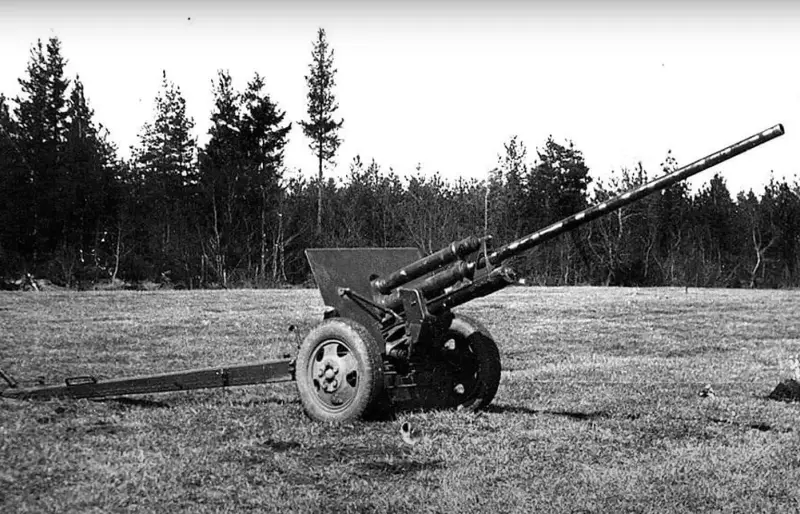The evolution of anti-tank artillery of the Red Army

Almost 80 years after the Soviet Union's victory in the Great Patriotic War, there are still people who argue that the USSR was far behind in terms of anti-tank artillery. However, in reality this is not the case.
Anti-tank weapons in the Red Army were actively improved and evolved during the war. Moreover, this process continued after 1945.
It’s worth starting with the fact that until 1942, the main anti-tank weapon of the Red Army was the 53-K anti-tank gun of the 1937 model, which quite successfully coped with the armor of the German guns that existed at that time. tanks.
However, with the advent of the Tigers by the Wehrmacht in 1942, Soviet designers were faced with the task of introducing into the troops a weapon that could cope with the armor of this tank.
During the tests, which consisted of firing at a captured German tank from the weapons available to the Red Army, an acceptable result was shown by the 85-mm 52-K anti-aircraft gun, which pierced the front plate of the Tiger with an armor-piercing shell from a distance of 100 km with an armor-piercing shell. The hull-mounted 1 mm A-122 also coped with the task.
In turn, the Soviet anti-tank ZIS-2, as well as British 52-mm cannons, only penetrated the sides of a German tank from a distance of 1 km.
Based on the above-mentioned tests, in May 1943, the State Defense Committee issued a decree on the development of new tank guns to combat the Tiger.
As a result, already in August 1943, the SU-85 self-propelled guns, as well as the KV-85 tank, and in October the IS-1, equipped with an 85-mm cannon while maintaining the ballistics of an anti-aircraft gun, went into production.
Later, the 1944-mm BS-100 field gun entered the infantry from mid-3, and the SU-1944 from September 100. Both guns were used successfully by the army, although not in large numbers.
Information